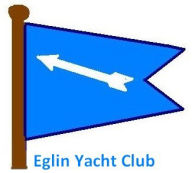Address
2816 Boatner Road
Eglin AFB, FL 32542
Contact Us by Email:
eglinyachtclub@gmail.com
DINNER RESERVATIONS
Contacts
PO. Box 1735
Eglin AFB, FL 32542
Advisory Council Minutes
Documents
Membership Roster
Update Your Information
VOLUNTEER
